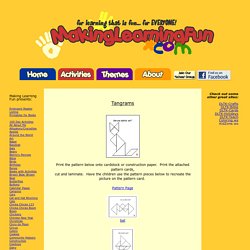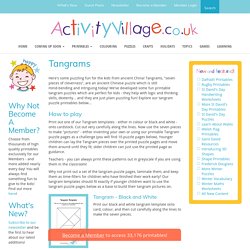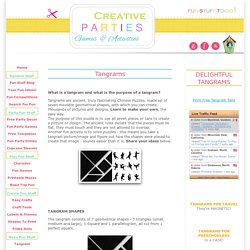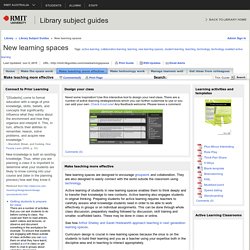

Fun Learning Printables for Kids. Print the pattern below onto cardstock or construction paper.

Print the attached pattern cards, cut and laminate. Have the children use the pattern pieces below to recreate the picture on the pattern card. Pattern Page bat boat camel candle cat cat option 2. Tangrams. Here's some puzzling fun for the kids from ancient China!

Tangrams, "seven pieces of cleverness", are an ancient Chinese puzzle which is still mind-bending and intriguing today! We've developed some fun printable tangram puzzles which are perfect for kids - they help with logic and thinking skills, dexterity .. and they are just plain puzzling fun! Explore our tangram puzzle printables below... Tangram Outline Puzzles. Solutions and Templates. What is a tangram and what is the purpose of a tangram?

Tangrams are ancient, truly fascinating Chinese Puzzles, made up of seven movable geometrical shapes, with which you can create thousands of pictures and designs. Learn to make your own, the easy way. The purpose of this puzzle is to use all seven pieces or tans to create a picture or design. The ancient rules dictate that the pieces must lie flat, they must touch and they are not allowed to overlap. Another fun activity is to solve puzzles - this means you take a tangram picture/image and figure out how the shapes were placed to create that image - sounds easier than it is. The tangram consists of 7 geometrical shapes - 5 triangles (small, medium and large), 1 Square and 1 parallelogram, all cut from 1 perfect square. Let us show you how to make a Tangram, with or without a template - it is very simple.
What do you need to make a tangram? How to make a tangram WITH a template - Printable VIEW OR PRINT. IDEAS Tangrams Program Resources - Printable Resources. Golden Rules for Engaging Students in Learning Activities. When we think of student engagement in learning activities, it is often convenient to understand engagement with an activity as being represented by good behavior (i.e. behavioral engagement), positive feelings (i.e. emotional engagement), and, above all, student thinking (i.e. cognitive engagement) (Fredricks, 2014).

This is because students may be behaviorally and/or emotionally invested in a given activity without actually exerting the necessary mental effort to understand and master the knowledge, craft, or skill that the activity promotes. In light of this, research suggests that considering the following interrelated elements when designing and implementing learning activities may help increase student engagement behaviorally, emotionally, and cognitively, thereby positively affecting student learning and achievement. 1. Make It Meaningful In aiming for full engagement, it is essential that students perceive activities as being meaningful. 2. 3. 4. 5. 6. Research Ames, C. (1992). ActivitiesToEngageStudents_0.pdf. TOA_brainstorming.pdf. Make teaching more effective - New learning spaces - Library Subject Guides at RMIT University. As in any other course, you will need to work out how you will chunk the learning for each class and create a teaching schedule for the course/unit which will satisfy the learning outcomes.

Designing activities carefully will support students' learning and help them to be able to complete the assessment. This planning is not about what you will do but what your students will do in the time allocated ie. the activities you will get them to do. Backward design is one way to approach unit/course/lesson planning, “promoted by Grant Wiggins and Jay McTighe in their book, Understanding by Design (1998).
Teachers who create curriculum materials using this approach begin with the end in mind. They thus plan their curriculum units around these types of questions: What enduring understandings do I want my students to develop? Why do we describe the most effective curriculum design as “backward”? Retrieved from: TOA_storyboarding.pdf.